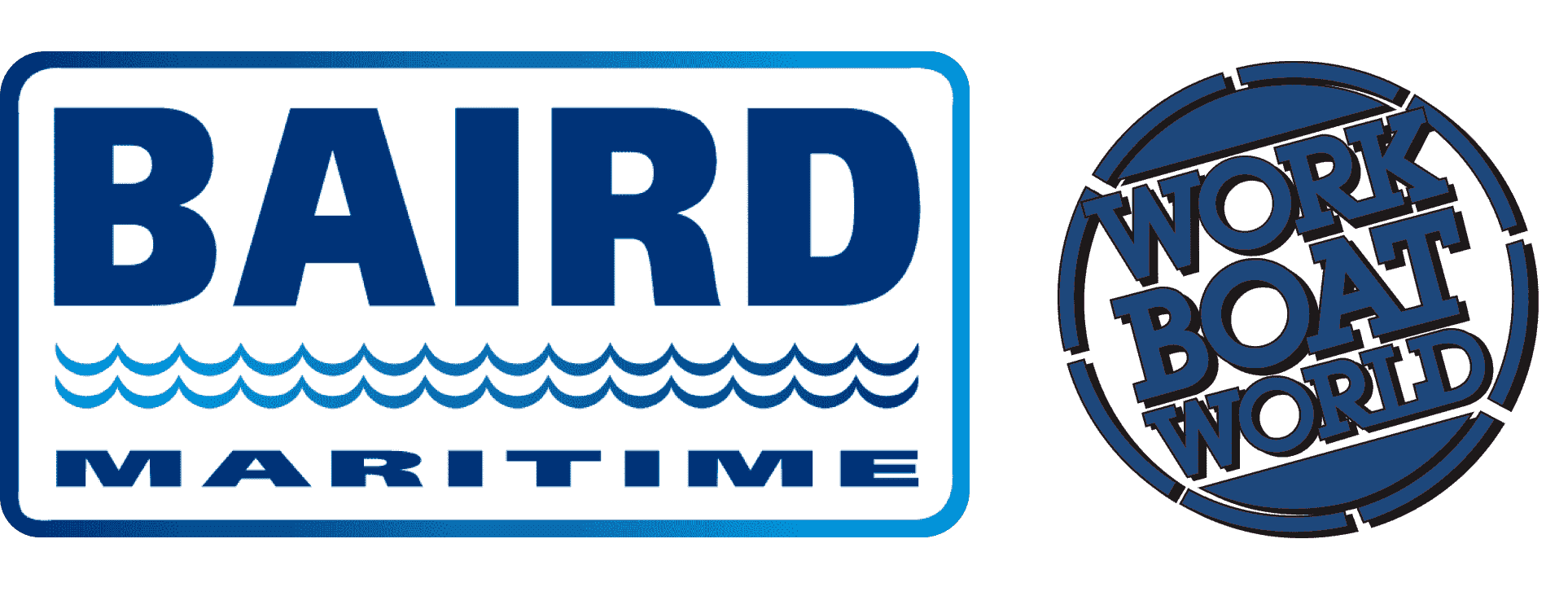COLUMN | Unmanned naval systems poised for operational service [Naval Gazing]
Unmanned maritime systems are relatively cheap to operate, offer high endurance, with only modest manpower requirements, and have the potential to drastically reduce casualty rates in combat situations.
After years of development, a number of such systems, capable of sustained blue water deployment, are now on the cusp of operational service.
They will, without doubt, be an important component of future naval orders of battle, initially, at least, augmenting, rather than replacing, surface warships.
Unmanned surface vehicles
The US Navy is leading the charge, with project "Ghost Fleet". The aim is to have ten 2,000-tonne unmanned surface vehicles (USV), equipped with advanced sensors and weaponry, in service by 2024. These larger craft, backed up by small USVs, based on the successfully-trialled Sea Hunter prototype, will act as force multipliers for flotillas of manned warships.
Two autonomously operated converted fast offshore support vessels are currently running extensive trials under the auspices of "Ghost Fleet".
The British Royal Navy (RN), meanwhile, early this year commissioned two Atlas Elektronik (UK) unmanned minesweeping systems, reportedly destined for service in the Middle East,
Also, RN trials with the Thales (UK) Apollo minewarfare system, based on the L3Harris Halcyon USV, intended for service with the RN and the French Navy, are at an advanced stage.
The RN has also recently been trialling the Israeli Elbit Seagull autonomous anti-submarine warfare system, which features towed array sonar.
Under development in Russia is the "Shadow" project, an unmanned long range stealthy system designed to be able to operate in both surface and sub surface modes.
Being trialled by China's PLA Navy is the JARI USV, designed for an offensive role in surface and anti-submarine operations. Optional weapon fits include 30mm cannon, small air defence missiles, and torpedoes, and the craft is equipped with radar and electro-optical sensor systems.
Unmanned underwater vehicles
In respect of unmanned sub-surface craft, the US Navy is once again in the vanguard. Late last year Boeing was awarded a contract to supply five Orca extra large unmanned underwater vehicles (XLUUV) by December 2022. This high- endurance, 16-metre, 6,500 nautical mile range autonomous craft will rely primarily on an inertial navigation system. Potential roles include minewarfare, surface and sub surface warfare and intelligence gathering.
Analysts believe that China's recently revealed 15-metre HSU-001 unmanned underwater vehicle (UUV) is intended primarily for intelligence gathering, surveillance and reconnaissance missions. The craft is fitted with twin propulsion screws, and bow and stern thrusters. It is probably capable of carrying and launching small underwater drones.
Soon to be delivered to the RN is a craft based on Marlin Submarines' nine-metre S201 Manta UUV. This craft will be used a test bed for the development of an XLUUV, optimised for anti-submarine and intelligence gathering operations, to be deployed from the mission bays of the RN's future Type 26 and Type 31 frigates.
Russia is poised to enter the fray with a particularly menacing-sounding stealthy "last resort" project. Moscow claims that the 24-metre Poseidon XLUUV, powered by a compact nuclear reactor, linked to a pumpjet system, will be capable of 54 knots. The craft will be launched from a manned submarine, and can be fitted with a nuclear warhead. The project is intended to destroy US Navy carrier battle groups and naval bases.
According to Russian sources, a Poseidon prototype was test launched from a submarine in 2019.
Unmanned maritime air systems
Also now coming into the frame are shipborne unmanned maritime air systems.
On order for both the US Navy, and the Japan Maritime Self Defence Force (JMSDF) are Northrop Grumman MQ-8C Fire Scout unmanned helicopters, for deployment from frigates and destroyers. A major JMSDF role will be to maintain constant real time situational awareness around the disputed Senkaku (Diaoyu) islands.
The high-endurance, five bladed, drone choppers, will feature extensive electro-optical and radar surveillance equipment, and can be armed with 70mm laser-guided rockets.
The Royal Australian Navy (RAN), for its part, recently signed a contract for an unspecified number of Camcopter drone helicopters from Austrian company Schiebel.
The Camcopter is powered by an Austro Engine Wankel motor, has an endurance of 10 hours, and is equipped with optical and infra-red surveillance systems. The helicopters will operate from the flight decks of the RAN's new Hunter class frigates, and Arafura class OPVs, and are expected to be particularly active in monitoring activity in Australia's northern approaches.


